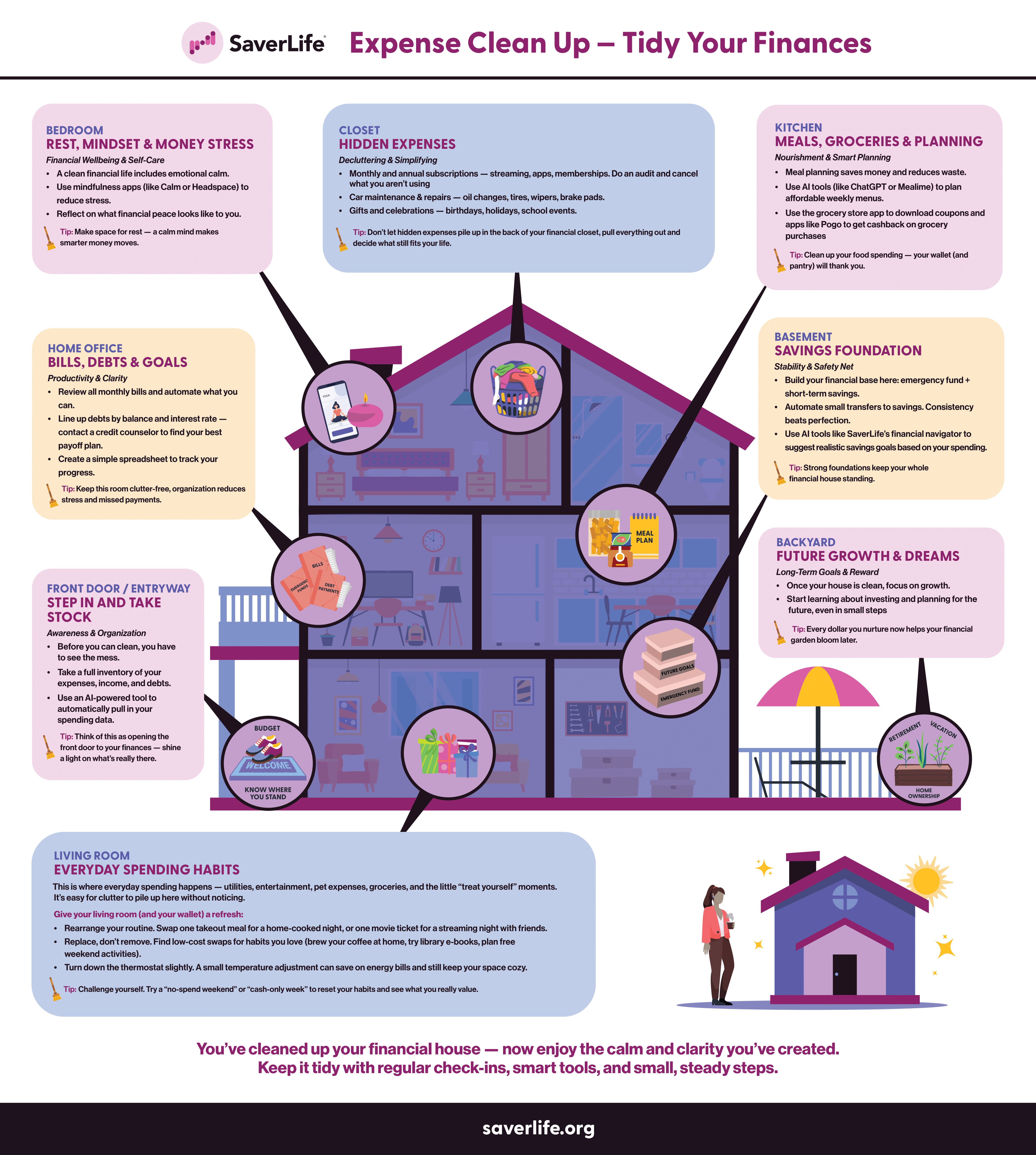
If you’re feeling behind on your retirement goals and dreams, it might help to know that you’re not alone! 55% of working Americans say they feel behind when it comes to their retirement savings.
The truth is the average age of a person just starting to save for retirement is 31 years old. If you’re in a position where you’re feeling behind on your retirement savings, it may be tough to know what to do.
Periods of economic uncertainty or high inflation can make it harder because your monthly budget may look a little different.
But there is good news.
Whether you got a late start saving for retirement, have had unexpected expenses arise that have caused your savings rate to slow, or just haven’t been sure about what to do regarding your retirement, there are still steps you can take to help yourself get caught up and feel more on track.
Ready to hit your retirement goals? Keep reading to learn about what you can do if you are behind on saving for retirement.
Make a Plan
It’s hard to know how you’re doing with saving for retirement if you don’t have a plan or goal in place. So if you’re feeling behind in saving for retirement, the first thing you want to do is make a plan.
Creating a plan for retirement can seem daunting at first, so it is important to remember that you don’t have to follow the plan exactly. Instead, let it serve as a guidepost to get you pointed in the right direction. Ultimately, you are in control and can change the plan at any time.
Determine How Much You Need
As you start making your plan, you’re going to want to calculate how much you might need for retirement.
To get a rough estimate by hand, first you’ll want to pick your wage replacement ratio. A wage replacement ratio is how much of your pre-retirement income you’ll need during retirement.
Most financial advisors say to plan for 70-90% wage replacement ratio. Typically, most people use these percentages and not 100% because often bigger expenses like your mortgage, care payments, and other debts are paid off before retirement. So, to maintain your same standard of living, you can get by with a little less.
Here’s an example of finding a rough need during retirement. If you make $75,000 a year and have chosen to replace 80% of your pre-retirement income, you’d need $60,000 a year to maintain your current standard of living in retirement. If you plan to retire at age 67 and expect to live until you’re 92 (25 years), you’d need $1,500,000 in your retirement fund to cover your retirement. Once you have this number, you can use a retirement calculator on the internet to help you determine how much you should save each month.
Find Help
Talk to a financial advisor who can help you assess other factors like inflation, taxes, and healthcare costs. Having a professional in your corner can give you more information and help you stay on track.
If you look for a financial advisor, look for a fee-only advisor. This means they’ll charge you for the time they work directly with you. It can also be helpful to look for a CFP® (Certified Financial Planner). This is an individual who has extra training and expertise and must uphold a fiduciary standard, meaning they will always put you, the client, and your needs first.
As you create your plan, try not to get discouraged by the number. It may seem high or far away now, but if you see it as a goal you can start working towards, you’ll make good progress.
Look at Your Budget to Increase Your Retirement Contributions
Once you have a savings goal in mind for your retirement, it’s time to start finding ways to reach it. The first place to start is by reviewing your budget or creating one if you don’t have one.
Review Income and Expenses
Look at your last three to six months of pay stubs or direct deposit notifications to find an average for what you bring home each month.
Then, look at the last three to six months of bank statements to track your expenses. When you do this, it can be helpful to separate your spending into three categories.
Find all your fixed monthly expenses first. These are expenses that occur at the same time each month and cost you the same amount. Fixed expenses typically include things like your mortgage, rent, childcare, subscriptions and memberships, debt repayments, medical payments, insurance premiums, your internet, cell phone bill, and any other bill you have that is the same amount each month.
Next, look for your flexible expenses. These are your other monthly expenses that have varying amounts and payment dates. In this category, include things like your groceries, eating out, coffee, drinks with friends, entertainment, and anything else you regularly spend money on in a month.
Finally, review your bank statements for your non-monthly expenses. This category captures any bills or expenses you have that aren’t due monthly. This could include things like your property taxes, car registration, holiday gifts, income tax, and any other expenses you might see on your bank statements.
Find Money to Save
Now that you have your income and expenses, you’ll want to compare them.
If you have income you aren’t spending each month, set it up to automatically be moved to your retirement savings. If you don’t have extra income left each month or want to find more to save towards retirement, look carefully at your budget to see where you might be able to cut back on your spending.
Remember that even cutting back on your spending for a year or two can help you get caught up on retirement savings
Be Sure You’re Taking Advantage of Employer Matching
One thing to look at if you’re feeling behind on your retirement savings is any retirement saving match provided by your employer.
Often employers who offer company-sponsored retirement plans will offer fund matching as an incentive to get employees to save. But to take full advantage of the matching contribution, you’ll likely have to invest a certain amount in your retirement plan.
For example, your employer might match 100% of your contributions up to 5%. This means if you invest 5% of your before-tax income into your retirement, your employer will match it dollar for dollar.
If you don’t contribute the necessary percentage of your income, you’ll be leaving money from your employer on the table. It’s important to be sure you are maximizing your retirement savings by getting the match. If you aren’t sure what the matching rules and requirements are, you can speak with someone in HR at your company. They should be able to help you understand it and get you the necessary forms to ensure you’re taking advantage of the match.
Increase Your Income
When feeling behind on retirement savings, the first place most people will find money to save is by cutting their expenses. And this is a great place to start! But it is important to remember that your budget is a two-variable equation.
Expenses are one piece, but so is your income.
When trying to increase your retirement savings, it can be a good idea to work to increase your income. Increasing your income will allow you to increase your retirement contributions without changing your budget.
One of the best ways to increase your income is to negotiate for a raise. When you speak with your boss about a raise, be sure to be prepared. Have specific examples of your work and how you’ve helped the company achieve its goals. These examples will help you make your case for a raise.
Another way you can increase your income to fund your retirement is to start a side hustle. Find something you can do in your free time to earn extra money. Then put most or all of what you earn towards your retirement savings. Be sure to take into consideration any taxes, fees, and startup costs your side hustle may come with to be sure it’s profitable for you.
Delay Taking Social Security Until Age 70
Another decision you can make if you’re worried about not having enough saved for retirement is to delay taking your Social Security (SS) benefits.
For those born after 1960, the full SS retirement age is 67. This means at 67, you would qualify for the total amount of SS you’re eligible to receive. But you do have options that could actually increase your benefit and give you more income in retirement.
If you delay taking benefits until age 70, the amount you’ll receive will increase. If you’re born after 1943, delaying your SS benefits past age 67 will help them grow. Right now, they would grow at two-thirds of 1% for each month you delay. So, if you delay for 36 months, or until you reach age 70, your benefits would be roughly 23% higher. Benefits do not continue to increase past age 70.
To learn more about your SS benefits and how they might affect your retirement, you can look at the Social Security Administration Benefits Calculator.
The Key is to Decide What Retirement Means for You
Finally, it’s important to determine exactly what retirement means to you. This will help you get an even clearer picture of exactly what’s needed to reach your goals.
Some people want to be sure they can afford to travel in retirement to see family and friends. Some people want to quit work altogether, while others want to have reduced hours but still want to work in some way.
Take time to sit down and think about what exactly retirement means to you. What would make it successful? Knowing this can give you both focus and direction as you work to catch up on your retirement savings.


